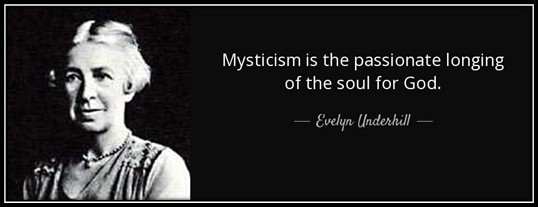Mysterium
"... Some of Scriabin’s ideas anticipate acoustic music and multimedia, for instance, the mixture of a musical sound with a nonmusical one: “I.. will have whispers… After all, a whisper has never been used as a sound before. The whisper of a huge mass of people, the whisper of a chorus.” “Melody begins with sounds, and then it continues… for example, in gestures, or it begins in a sound but continues as a line of lights. “25
Scriabin dreamed of some kind of dramatic performance made up of sound, color, light, aromas, spells, and motion of forms. Once he said, “Silence is also a sound… In silence there is sound. And a rest always sounds… I think that there could even be a composition consisting entirely of silence. 26 In light of this, it is possible to view the ideas of time associated with the post-war avant-garde, such as “zero sound” or “sounding rests,” as borrowings from Scriabin. And then the well known silent piece by Cage, 4’33”, can be viewed simply as a manifestation of Scriabin’s intention. In his Mysterium he wanted there to be “notes that will not actually sound, but will need to be imagined,” like the “counterpoint of sound and silence” that Pierre Boulez once used to describe the music of Webern..."
(Source: Yuri Kholopov: Scriabin and the Harmony of the Twentieth Century, translated by Professor Philip Ewell, Hunter College and CUNY Graduate Centre)
